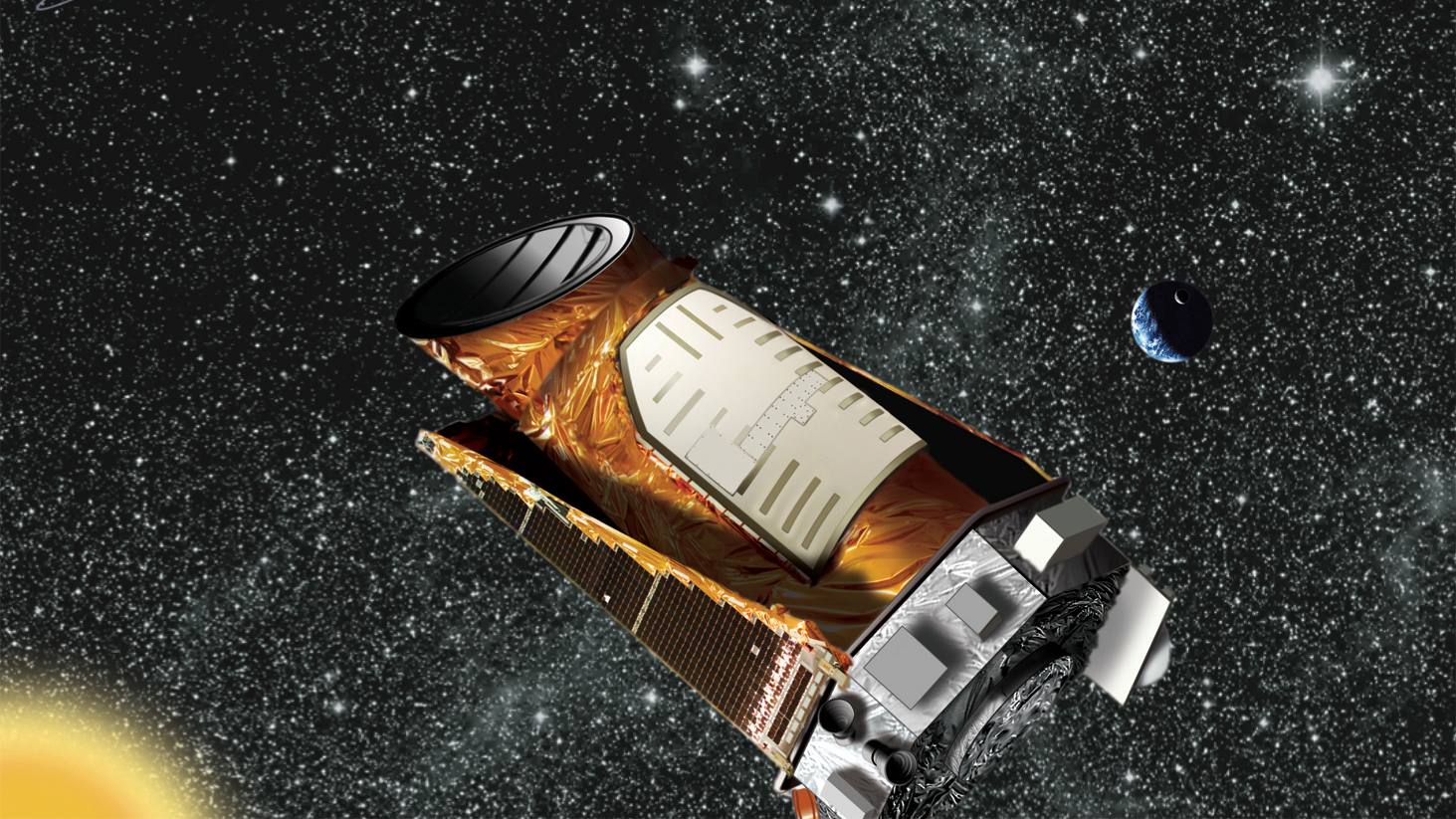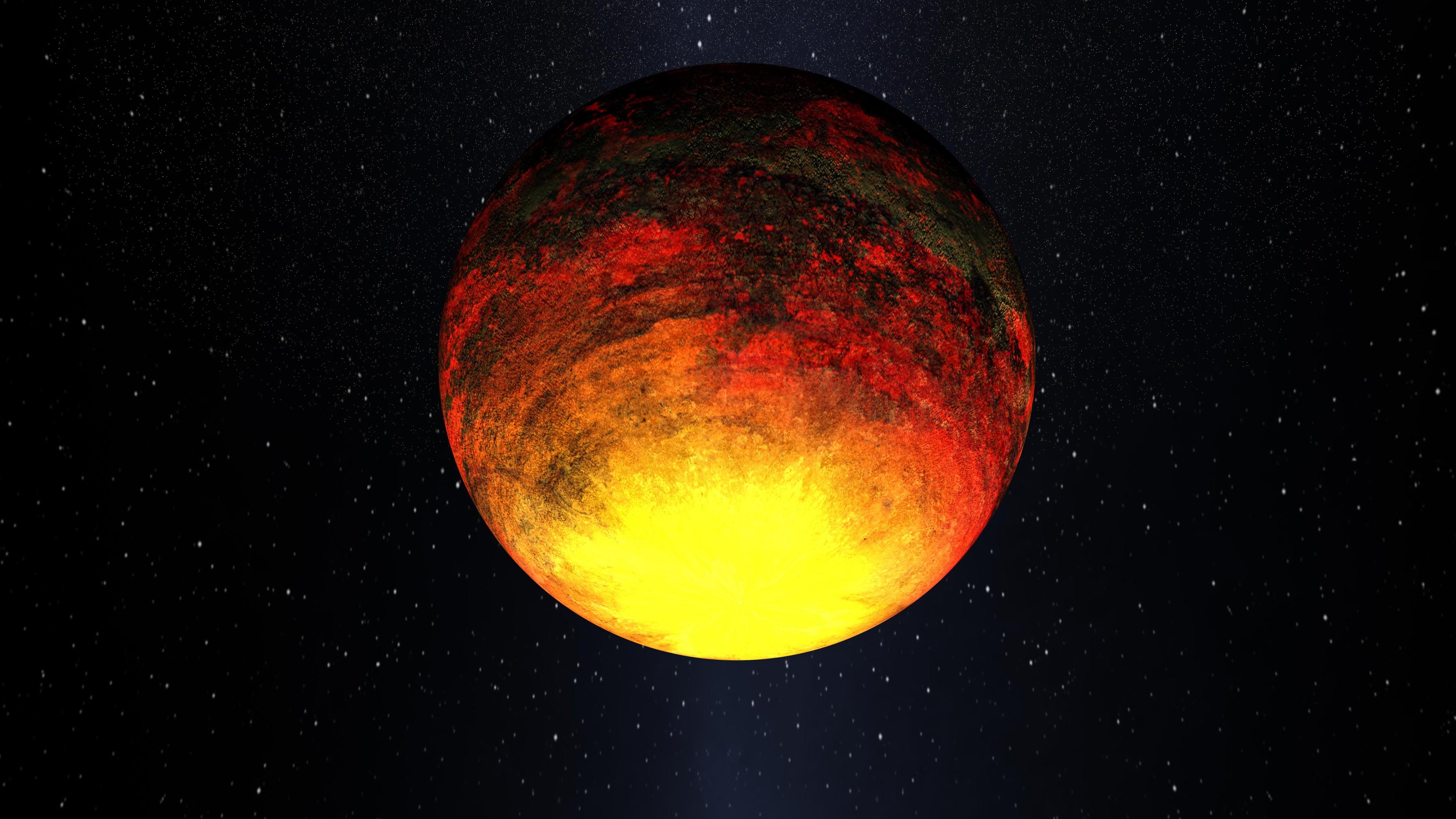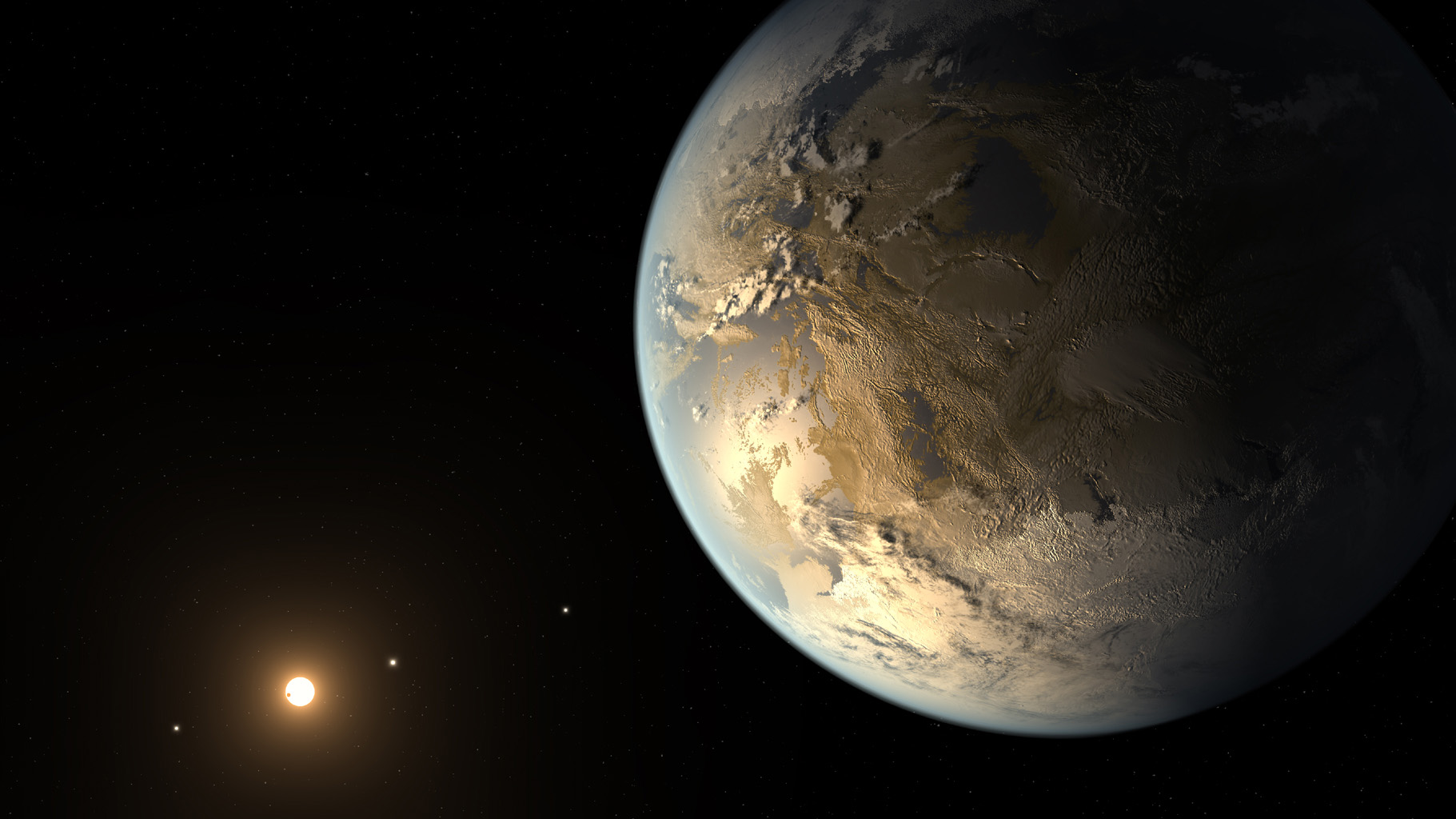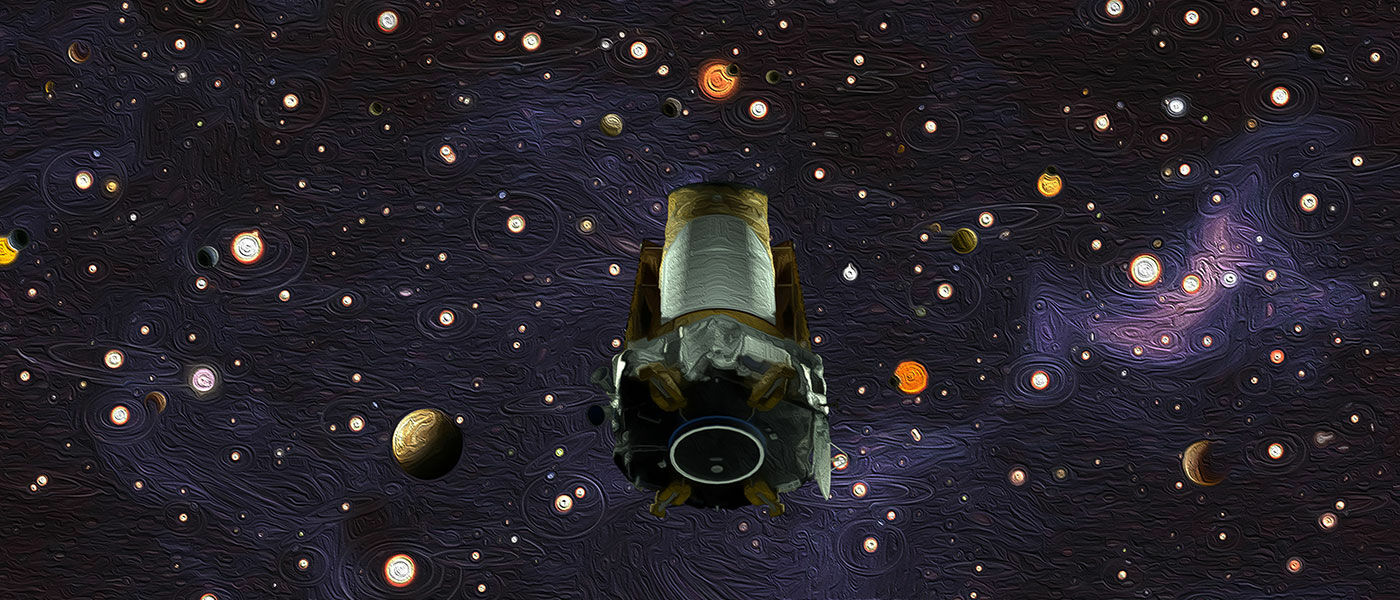Farewell, old friend! LSC says goodbye to the Kepler Space Telescope

Are we alone in the universe? It is a question that humans have asked for thousands of years. No instrument has helped us understand that question better than the Kepler Space Telescope which has, sadly, reached the end of its mission just this week.

Kepler was launched in March 2009 with the goal of better understanding the number and characteristics of planets in the Milky Way. It did this by observing over 550,000 stars and watching for their brightness to dim slightly (this is called the transit method). If a planet crossed in front of the star, the dimmer light let us know that there was a planet in front of the star. Information such as how long the dim lasts would tell us how large the planet is, and even its distance from the star.
Using this technique, Kepler has confirmed the existence of 2,681 exoplanets (planets that orbit stars other than our Sun). That means Kepler has found 70% of the 3,874 exoplanets that we have discovered so far!
What is perhaps even more impressive is the sheer diversity of exoplanets that Kepler discovered, helping us understand how different planets in our galaxy truly are. Kepler 10b, an Earth-sized planet orbiting close enough to its star to host temperatures hot enough to melt iron, was the first rocky exoplanet discovered by Kepler. Kepler 16b, much like the fictional planet Tatooine from Star Wars, lives in a binary star system, meaning it has two suns. Kepler 7b is larger than Jupiter, but orbits at a distance shorter than that of Mercury.

To find a planet that could support life, though, Kepler had to hunt for planets that orbit within the Habitable Zone, sometimes called the Goldilocks Zone. The Habitable Zone is an area around a star where a planet would have to orbit in order to be the correct temperature to support liquid water, something vital to life. If a planet orbits closer than the Habitable Zone, liquid water would evaporate too quickly; if a planet orbits farther, water would freeze. In addition to the Habitable Zone, a potential life-supporting planet must be rocky and similar in size to Earth. Kepler alone discovered 13 such planets, including Kepler 186f which is the most Earth-like of those planets (about 500 light-years from Earth).

Most importantly, though, is what Kepler has taught us about planets in our own Milky Way. Using Kepler, astronomers have been able to estimate that there are anywhere between 200 billion and 1 trillion planets in the Milky Way. Of these, there could be as many as 40 billion potentially habitable planets!
Kepler’s mission has now come to an end, but that certainly does not mean we are done searching for exoplanets! Looking toward the future, we have the Transiting Exoplanet Survey Satellite (TESS) currently continuing the work of Kepler by discovering potentially 10,000 more exoplanets over the next two years. Kepler has set the stage for the future of our study of exoplanets, hopefully one day leading us to be able to answer once and for all whether we are alone in the universe.
Interested in learning more? All weekend, we're discussing the Kepler Space Telescope in our all-live planetarium show, "Wonders of the Night Sky." Click here to see a full list of shows playing in the Jennifer Chalsty Planetarium, the biggest planetarium in the Western Hemisphere.
